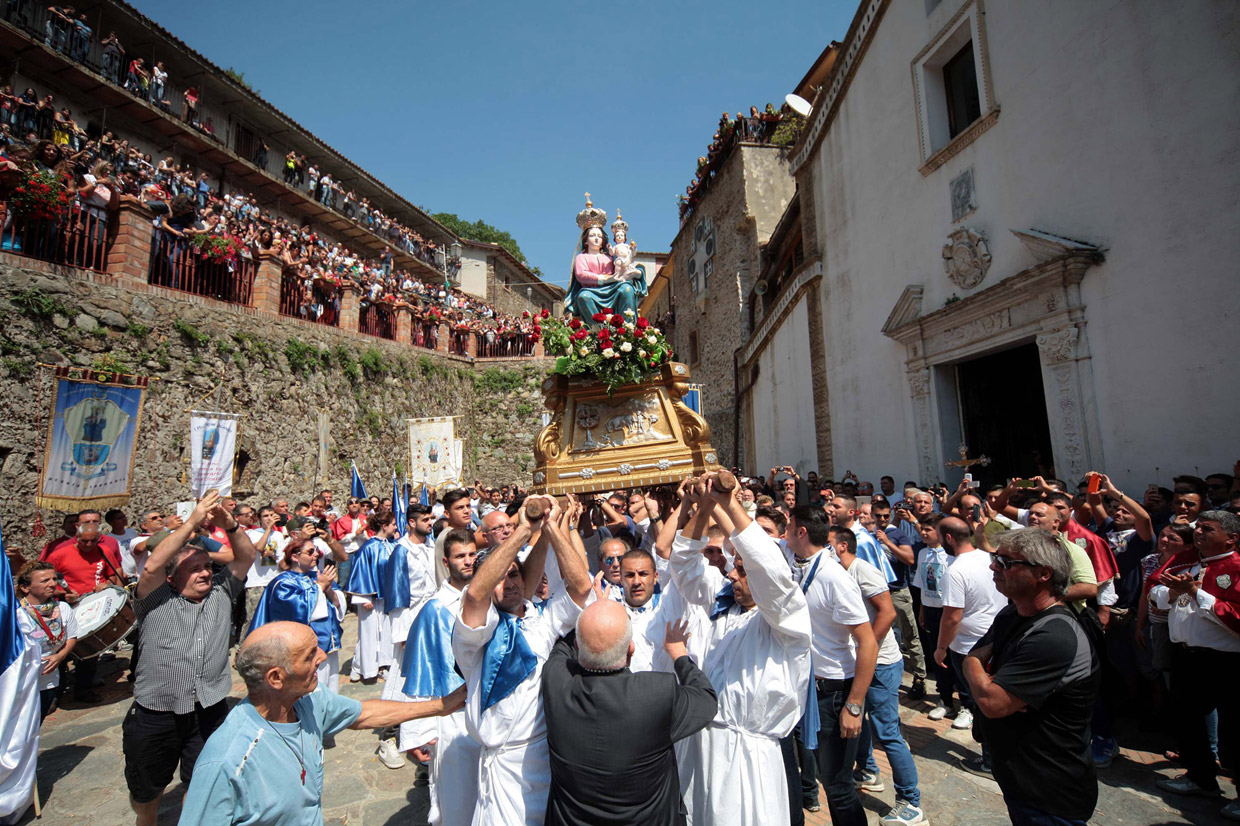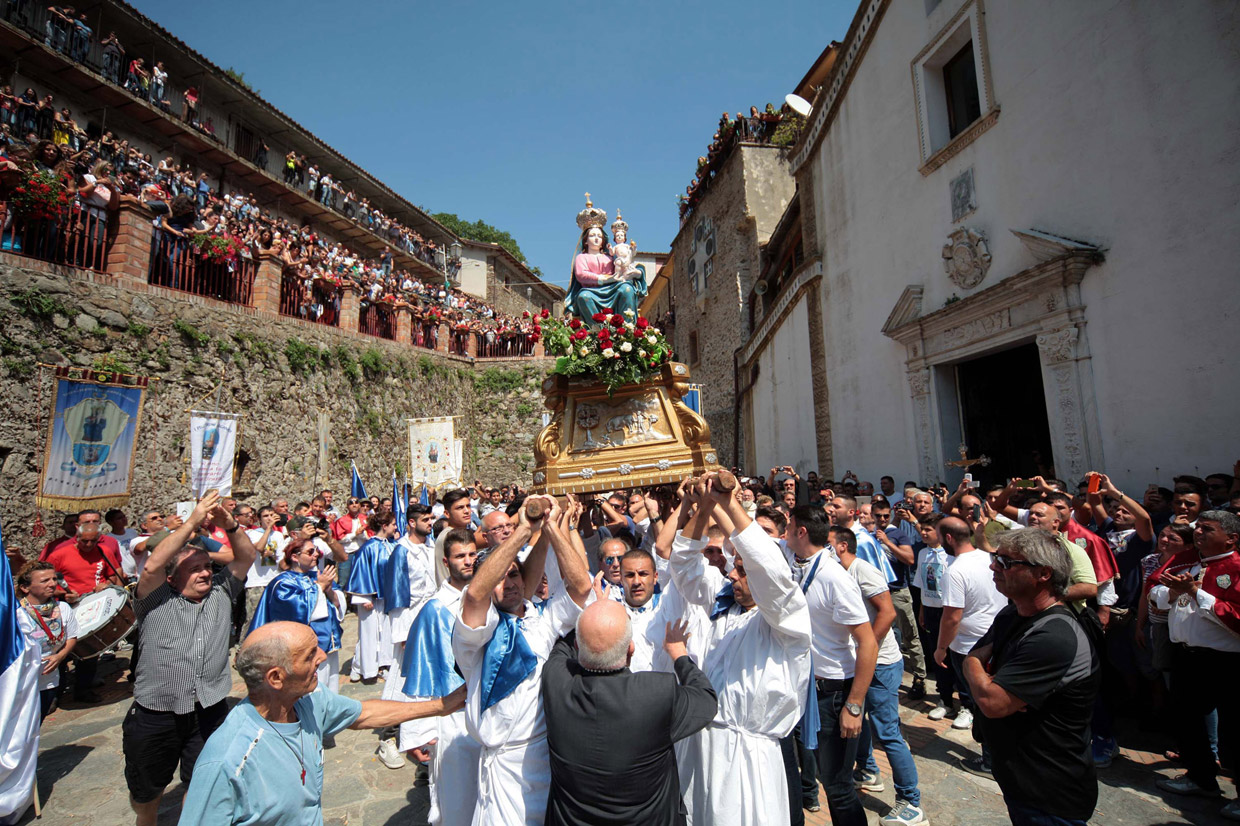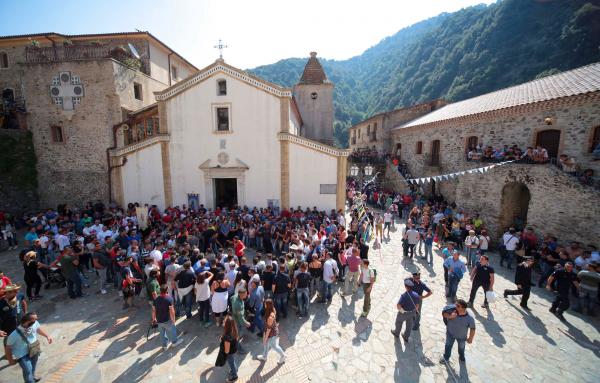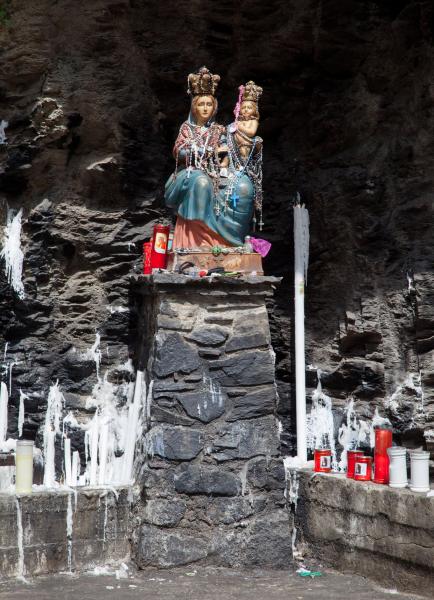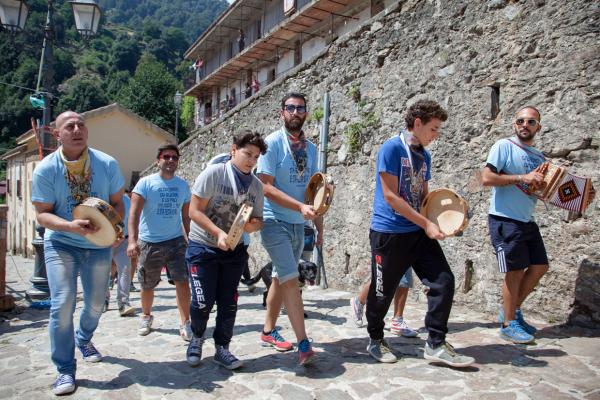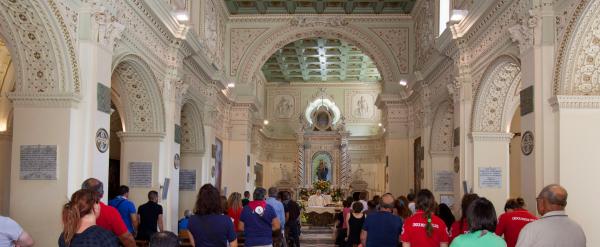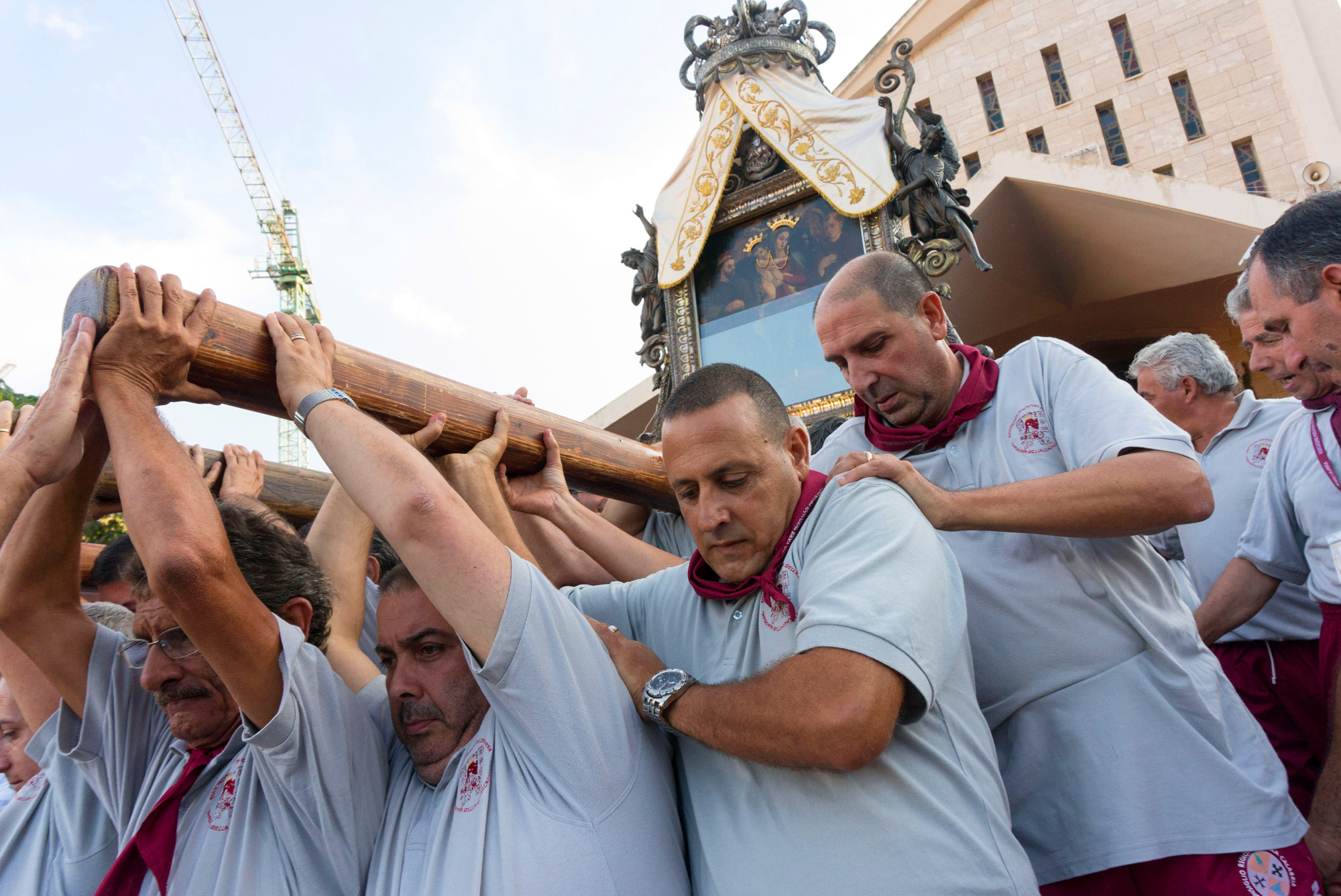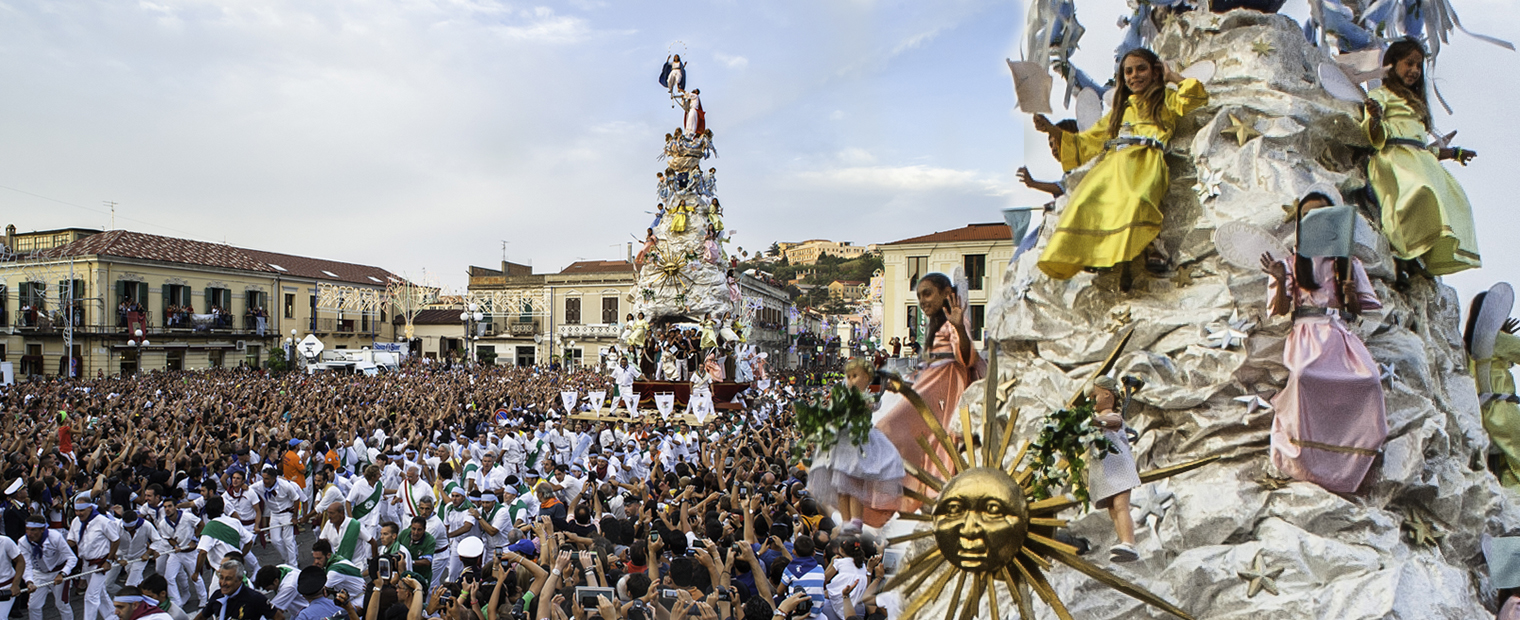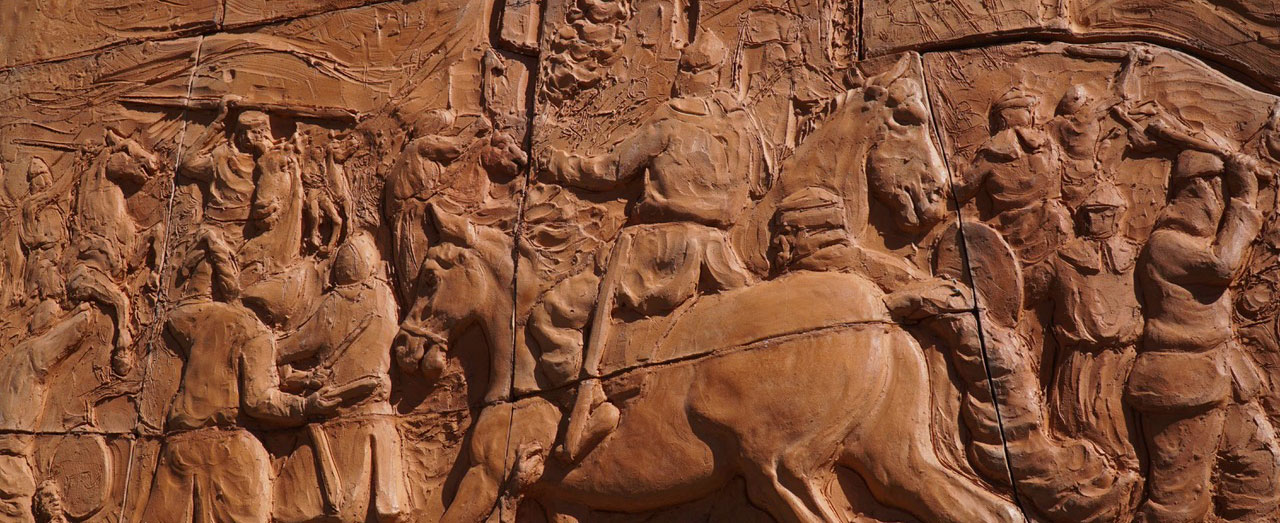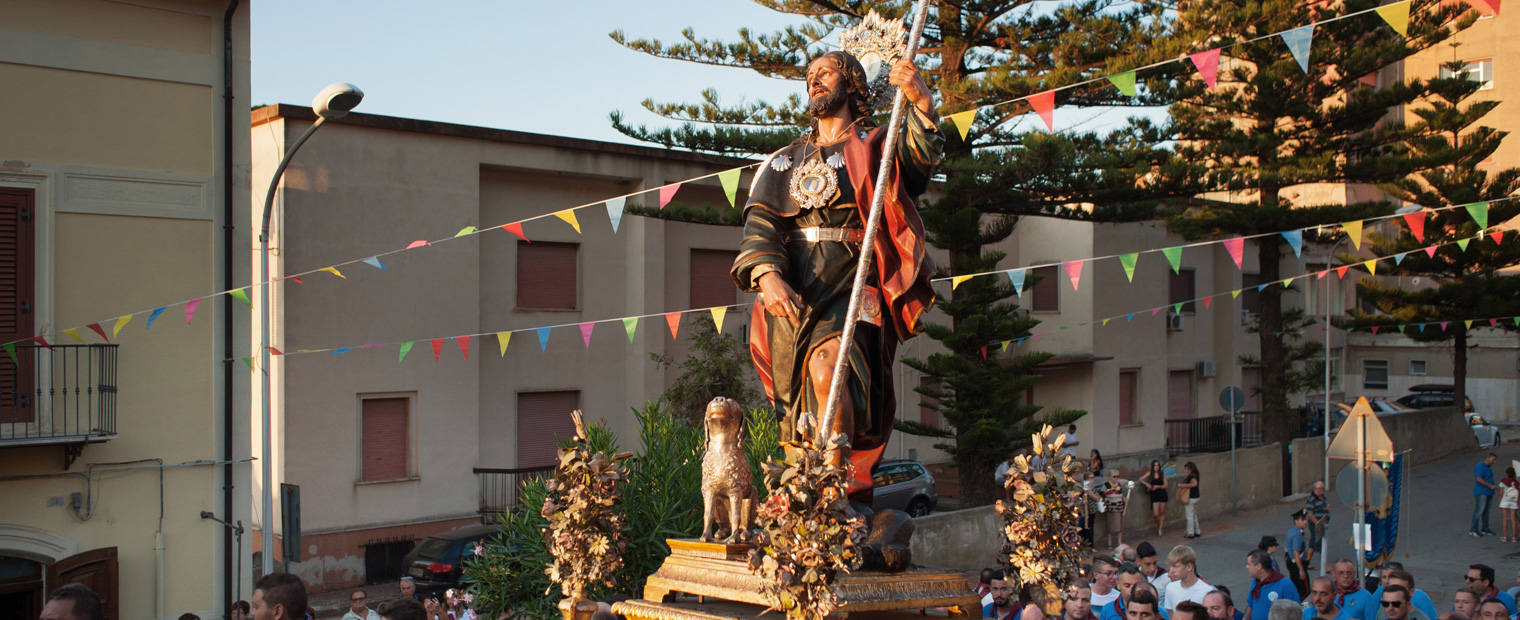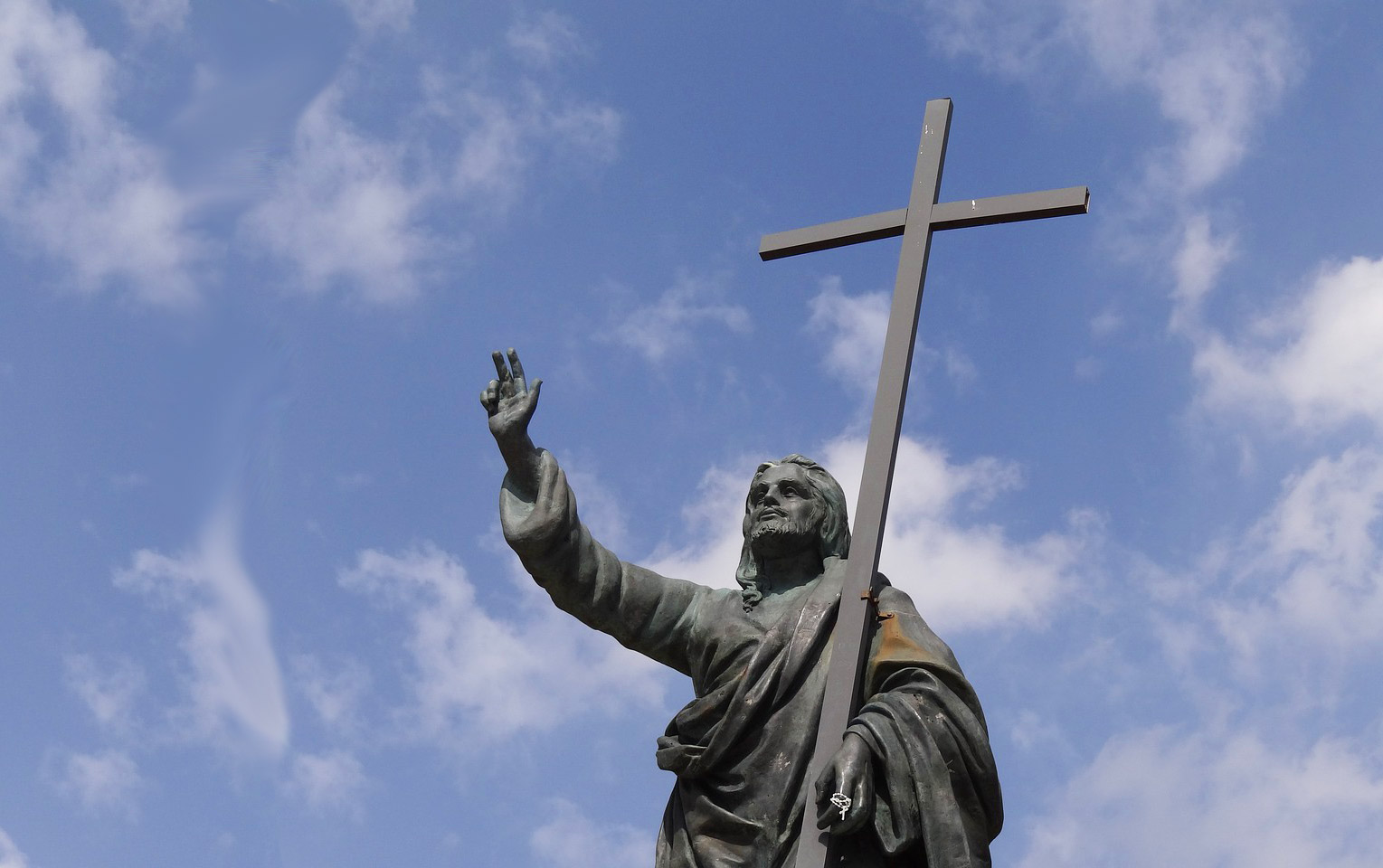This spiritual path is travelled every year by thousands of faithful, beginning from the time of Magna Graecia. It is a magical, sublime place that looks much like a Olympus and is a sanctuary at the heart of the mountain, near the top of Aspromonte, Montalto, at two thousand metres high. For Corrado Alvaro, the greatest Calabrian writer of the 20th century, Polsi is: “A big party”, the party par excellence.
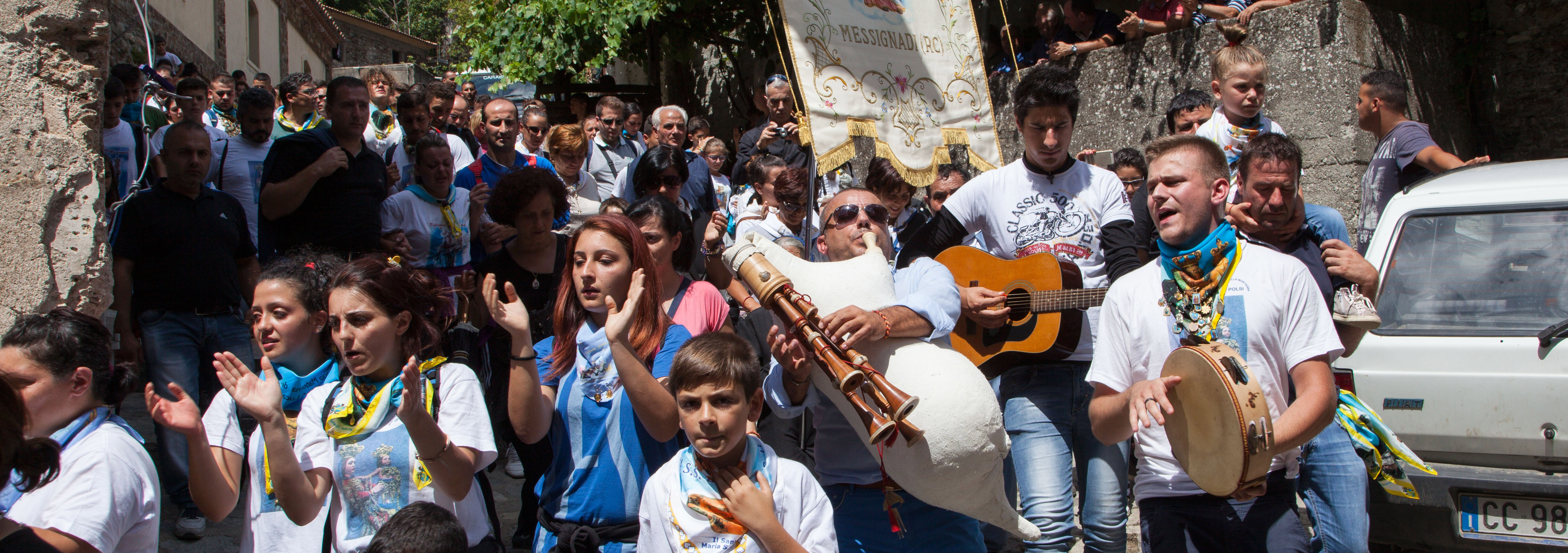
The Cult in the Period of Megale Hellas
The Greek presence of a cult linked to Demeter was verified by the recent discovery in the current site where the sanctuary of votive statues, coins, and relics from the period from Syracuse, Agrigento, and Sibari, providing evidence that the pilgrims arrived, even then, from Sicily and Calabria.
Here, the ancient inhabitants of the Greek colonies came once a year to consult the oracle of Pule. “Pule” in ancient Greek means passage, someone who knocks on the door, door. The Pulakos is the keeper of the door. The door leads you to Olympus, to the kingdom of the gods. People arrived in Polsi not only to interrogate the oracle, but also to settle disputes between the different tribes, to divide up the territory, forge alliances, and prepare for new wars.
The Christian Cult
The first nucleus of Christian worship is formed at the beginning of the 11th century, around a group of Basilian monks of the Greek rite, but it is from the 15th century, coinciding with the spread of miracles related to the place, that the location is consecrated to the Madonna, named since that time as the Madonna of the Mountain.
A miracle, various versions
A narrative of the miracle speaks of the apparition of Virgin Mary to a young pastor, who pointed to the place where a new Church dedicated to her should be erected. Another story, instead, attests that in place of the young shepherd boy, it was Count Ruggero il Normanno who received the Madonna during a hunt and the greyhounds of the nobleman that brought to a light a buried cross. The cross returns in another version of the miracle, when a farmer stops ploughing the land because the oxen with its horns moved the ground, unearthing the Holy Cross. The statue of the Madonna, today present inside the church and carried during the procession that takes place every September 14th at noon, is instead the work of the Sicilian school of the 16th century, carved in tuff.
The highlights of the pilgrimage
From the end of August and throughout the month of September, the pilgrims go back to the streets of Aspromonte, from the Tyrrhenian and Ionian Seas to live the scared night, the sleepless night that runs between the first and second of September. Anthropologists call the vigil, made up of litanies, prayers, songs, and dances, “incubatio”.
Many climb up to the forest corps house of Cano, a cross that is placed between the two sides and then descend into the valley leading to the sanctuary, barefoot, shouting several times,: “Viva Maria, a Maronna ‘ra muntagna chi di lupi non si spagna!!”(“Long live Mary, Madonna of the Mountain who is not afraid of the wolves!) It is a mixture of “religious devotion and Dionysian feast”, as described by the Calabrian novelist Francesco Perri.
The altar of the small church, in the night, welcomes the votive offerings of the faithful. The sanctuary is characterised by the presence of numerous homes for pilgrims, each town has one, and the names of the various municipalities of origin can be read on the “balcony.” An important nucleus is made up of the Sicilian devotees who occupy the part of the complex called “domus siculorum”, testifying to the spread of the Marian cult in a vast area. The faithful of the Strait of Messina, who travel two days to get here, in the heart of Aspromonte, have always venerated this Madonna that since the times of the Greek Byzantine cult was called the “Gorgo Epikoos, the Madonna of the castaways, the one that intervenes to rescue those who are having difficulty at sea.
The festival over time
In the past, people arrived at the sanctuary on foot, on the back of mules, horses, or donkeys, or by the off-road vehicles along narrow and steep mule tracks. Today the caravans of pilgrims are also organised with trucks dressed up for the party that go up mountain to the rhythm of songs and music. Characteristic are also the stalls of the butchers with hanging goat carcasses. The meat is slaughtered on the spot, as it happened in ancient pagan cults, to give life to that great kitchen of the “sacrifice” which, before recent prohibitions imposed for health reasons, came to cook more than a thousand sheep and goats. Other rituals have also declined: for example, sleeping inside the church, swiping one’s tongue on the floor of the church, the so-called “rachitina”, or firing with firearms as a sign of celebration
